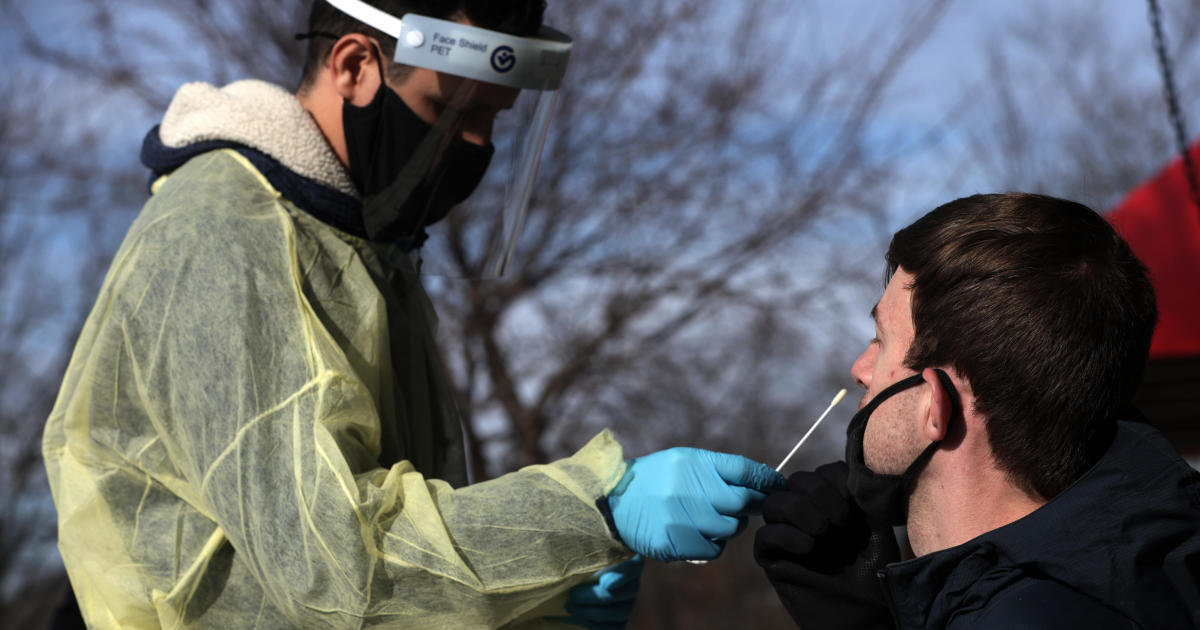The CDC is shortening the recommended isolation time for health care workers who test positive for COVID-19 from 10 days to seven days, as long as they don’t have symptoms. The decision was motivated in part by health officials’ concerns that infections from the more transmissible Omicron variant could worsen staffing shortages at hospitals nationwide.
In its guidance, the CDC says infected workers who are asymptomatic can return to work after seven days with a negative test. It added that employers could further reduce the isolation period if there are staffing shortages.
The CDC also said health care workers who are fully vaccinated, including a booster, do not need to quarantine at home following high-risk exposures.
In a statement, CDC Director Dr. Rochelle Walensky said the agency’s goal was to “prevent undue burden on our healthcare facilities.”
“Our priority, remains prevention—and I strongly encourage all healthcare personnel to get vaccinated and boosted,” she said.
At some hospitals, the lack of personnel is already being felt, and data from the Department of Health and Human Services shows one in five hospitals nationwide expect a staffing shortage within a week. The administration has already sent federal medical personnel to six states where hospitals are nearing capacity.
Other industries have also called on the agency to revise its isolation guidelines, including the CEOs of Delta and JetBlue. The agency said that while these updated guidelines only apply to health care workers, they may be further revised as officials learn more about the Omicron variant.
Mirroring other countries, the United States has experienced a stunning surge in new cases fueled largely by the highly contagious Omicron variant. Omicron now accounts for more than 73% of new cases in the U.S., up from 12% the week before. In many regions of the country, the variant makes up more than 90% of new cases.
On Monday, the CDC released new projections showing that daily infections could reach a new peak as early as January.
“This rapid increase in the proportion of Omicron circulating around the country is similar to what we have seen around the world,” said Dr. Walensky at a briefing Wednesday. “Although this is a reminder of the continued threat of COVID-19 variants, this increase in Omicron proportion is what we anticipated and what we have been preparing for.”
In New York — which is once again the epicenter of a new wave — hospitalizations have risen 47% since the beginning of December but remain half the number recorded in January of 2020, which is before vaccines were widely available. While new research has found evidence that Omicron may be less severe, health officials are anxious that the variant’s sheer transmissibility could result in an unmanageable number of hospitalizations, particularly in communities with lower vaccination rates.
In response to the warnings, the Biden administration unveiled this week a slate of new measures aimed at curbing the spread and impact of the new variant, including rolling out 500 million at-home rapid tests for Americans to order for free beginning in January and putting 1,000 military medical personnel on standby to support overrun hospitals.
Download our Free App
For Breaking News & Analysis Download the Free CBS News app
